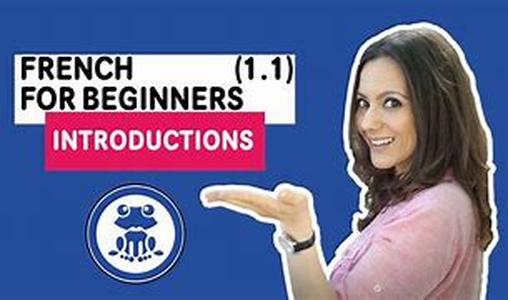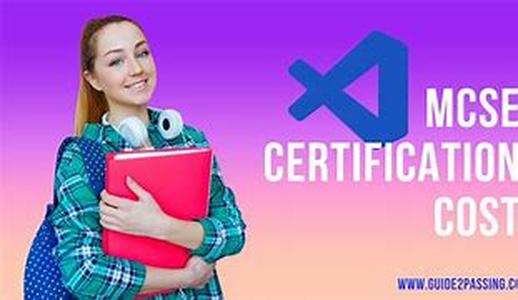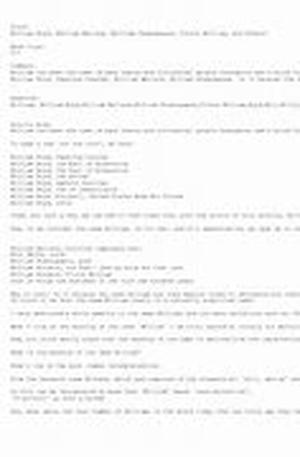
The Scope Of This Introductory Article In E-learning Methods And Practices Is To Provide The Readers With The Necessary Knowledge To Develop E-learning Courses. Developers Of E-learning Courses Should Be Able To:1) Understand In Which Cases E-learning Constitutes An Appropriate Educational Method2) Define The Educational Needs Of Their Learning Groups 3) Write Distance Education Materials4) Choose The Adequate Ways Of Communication Between Students And Tutors As Well As Between Students Themselves5) Become Effective E-tutors6) Provide Student Support, When Necessary7) Assess The Students In An Effective Way8) Evaluate The Effectiveness Of Their CoursesbMethodologybThe Duration Of A Course, As Well As Its Exact Contents, Depend On The Educational Needs Of The Specific Group Of Learners. Therefore, The First Step In The Designing Of The Course Will Be To Identify The Specific Needs Of The Learners. A Detailed Questionnaire Should Be Distributed To The Target Group And Their Answers Will Be Measured Qualitatively And Quantitatively. The Questionnaire Will Measure The IT Level Of The Learners, Their Previous Experience In E-learning Or Other Distance Education Methods, Their Learning And Communication Patterns, Etc. Those Answers Will Form The Basis Of The Courses Planning. 913; Bibliographical Research In Each Countrys Social, Political, Educational And Technological Background Is Also Essential In Order To Understand The Prospective Learners And Plan A Program That Fits Their Needs As Well As Their Customs. Unfortunately, As Robinson (1995, P.225) Pinpoints, A Significant Amount Of Research And Studies Based On The Subject Of Student Support And Communication In E-courses Has Been Developed On The Basis Of An Analogous Cultural Context: The Formal, Institutionally-based Higher Education Of The Developed World. The Imposition Of This Context Has Created A False Norm And Has Undervalued The Importance Of Diversity In The Development Of Open And Distance Educational Courses. The Aim Of This Research Will Be To Identify The Context-specific Factors, Which Shape The Learners Needs, Mainly:The Bgeographicalb Distribution Of LearnersThe Btechnologicalb InfrastructureThe Beconomicalb CapabilitiesThe Bsocio-culturalb DiversityThe Study And Analysis Of The Bibliography And The Questionnaires Will Enable The Educational Team To Develop A Course, With Respect To The Diversity Of The Specific Learning Community. The Findings Will Be Used Particularly In The Designing Of The Communication Methods And Patterns And The System Of Student Support.The Course Will Be Designed In Order To Provide High Levels Of Interactivity Between Learners. The Students Will Have A Lot Of Opportunities To Communicate With Each Other In Both Synchronous And Asynchronous Ways, Exchange Viewpoints And, The Most Important, Undertake Team-work Projects. One Of The Most Significant Advantages Of The Online Distributed Courses Is The Ability To Bring People From Diverse Cultures Closer By Creating Multicultural Learning Communities. Thus, The Collaboration Between Students Will Add Value To The Students Learning Experience, Since It Will Offer Them The Chance To View The World From A Wider Perspective. The Projects And Assessment Exercises That The Students Will Undertake Will Be Practical, In Forms Of Realistic Scenarios. For Example, In The Thematic Field Understanding Your Learners (see Below), The Students May Be Asked To Draw Up A List, Of Which Elements Are Important In Knowing Their Learners And Cast Interviews On A Real Group Of Learners. Since The Prospective Students Of This Course Are Already Working In The Field Of Education, They Wont Encounter Any Difficulty In Accessing A Sample. BThematic Fields Of The CoursebThe Suggestive Thematic Fields Of The Course Are:1) The Bhistorical Contextb Of Distance Education And E-learning2) The Bdesigningb Of E-learning Material: Text And Multimedia Material3) The Bcommunicationb Between Groups Of Learners A.The Pedagogical Necessity Of Binteractivityb Between Learners B.bForms Of Communicationb: Synchronous, Asynchronous Communication And The Technological Means To Achieve It4) The Broleb Of The E-tutors5) The Bsupportb Of Students In E-learning Environments6) The Students Bassessment And Self-assessmentb7) The Bevaluationb Of The E-courses Of Course, The Aforementioned Thematic Fields Are Indicative, Subject To Change Depending On The Findings Of The Research.BibliographyROBINSON, B. (1995), Research And Pragmatism In Learner Support, In Lockwood, F., Open And Distance Learning Today, Routledge, London.





